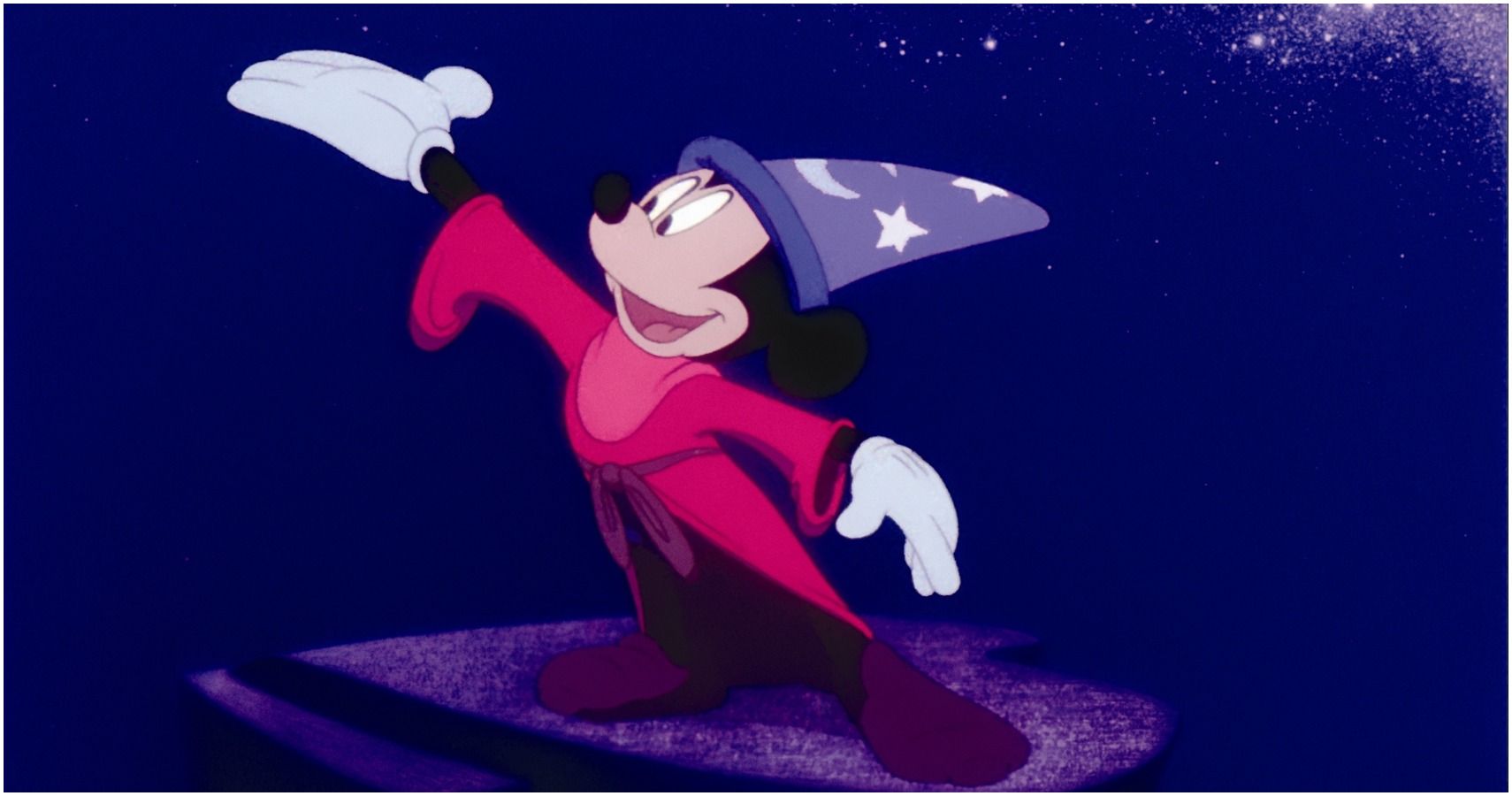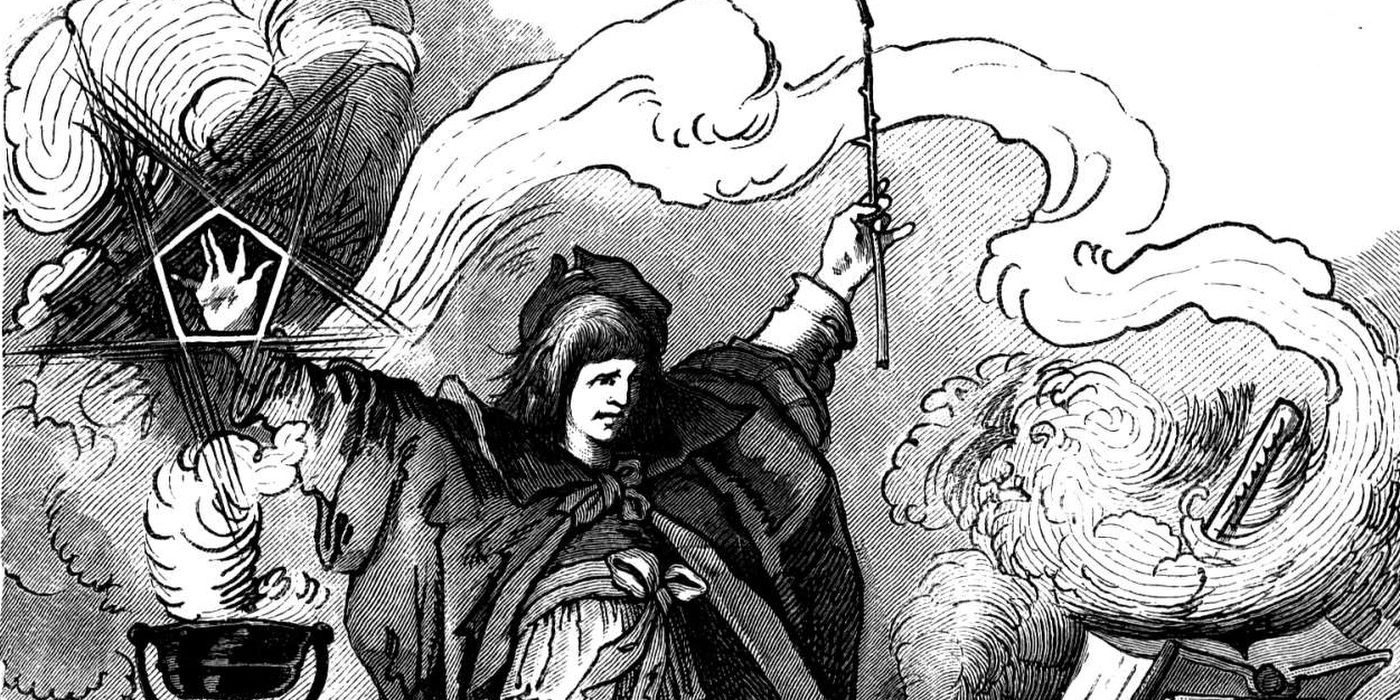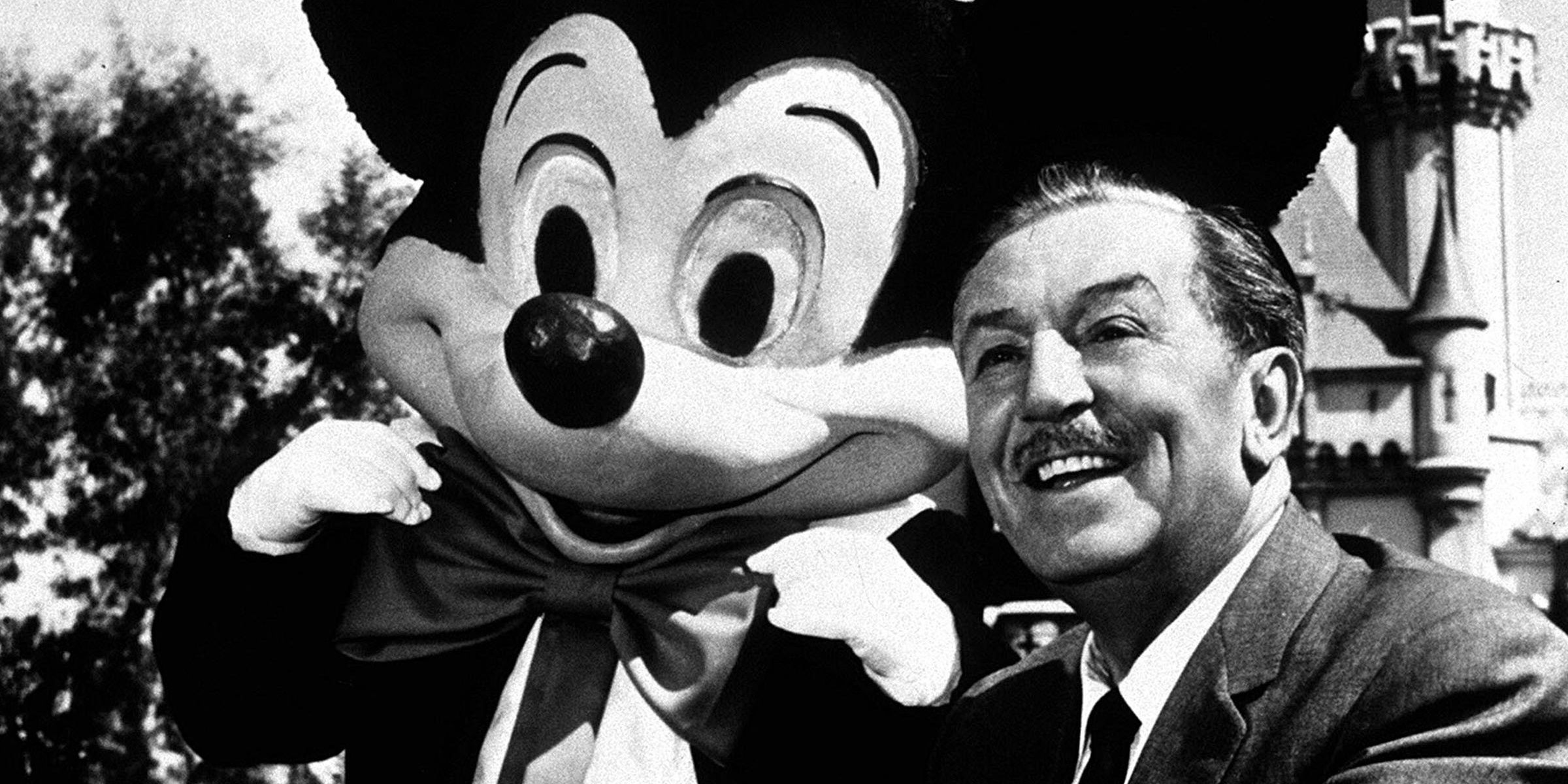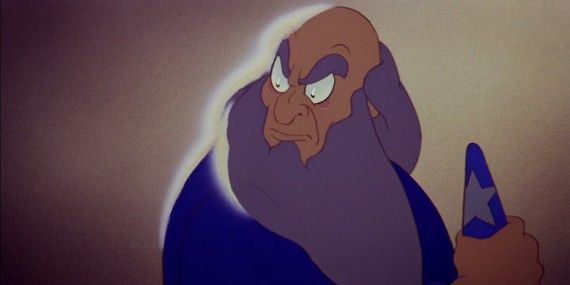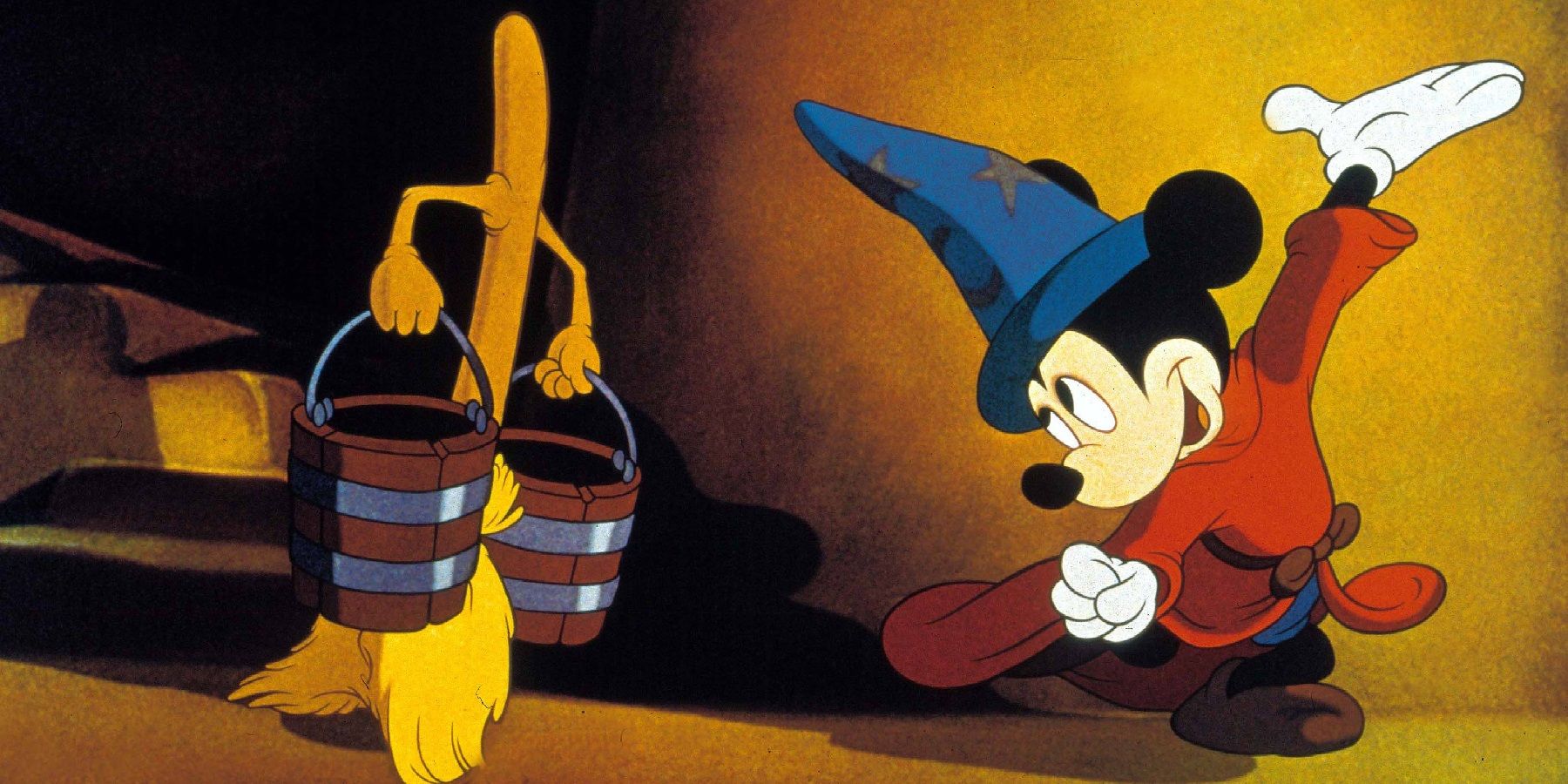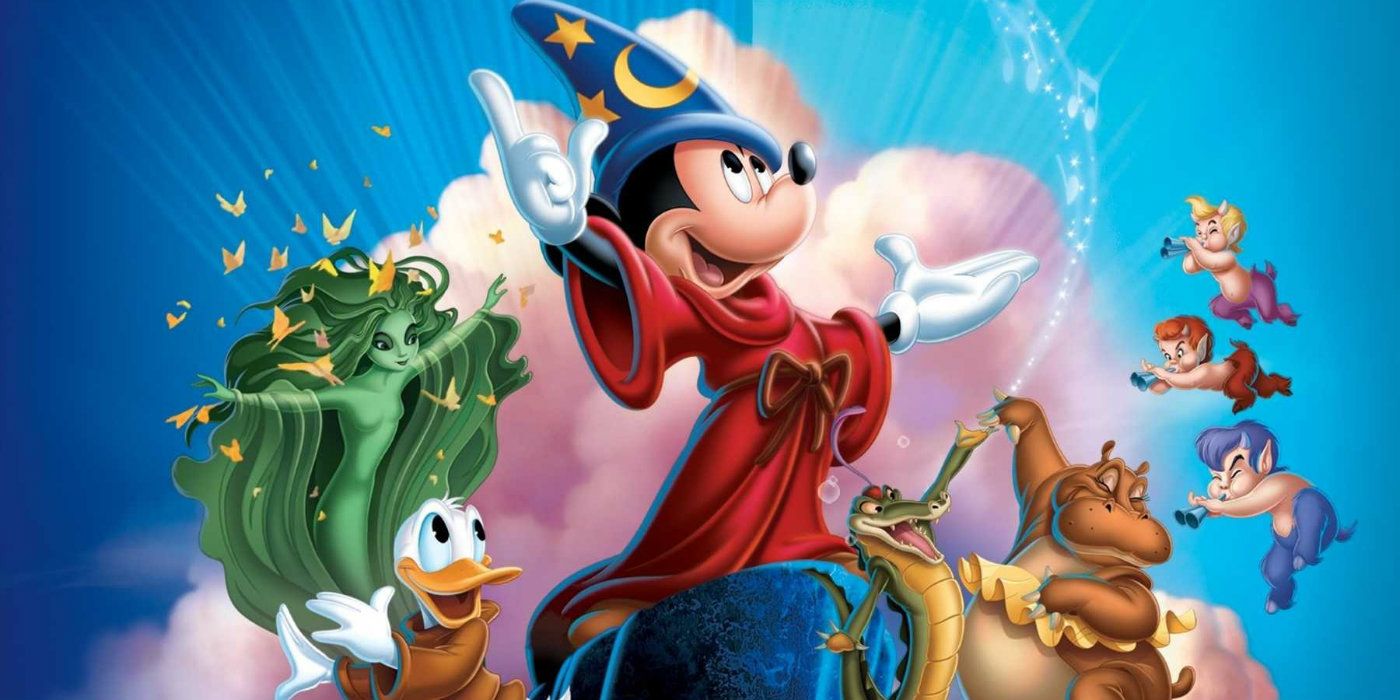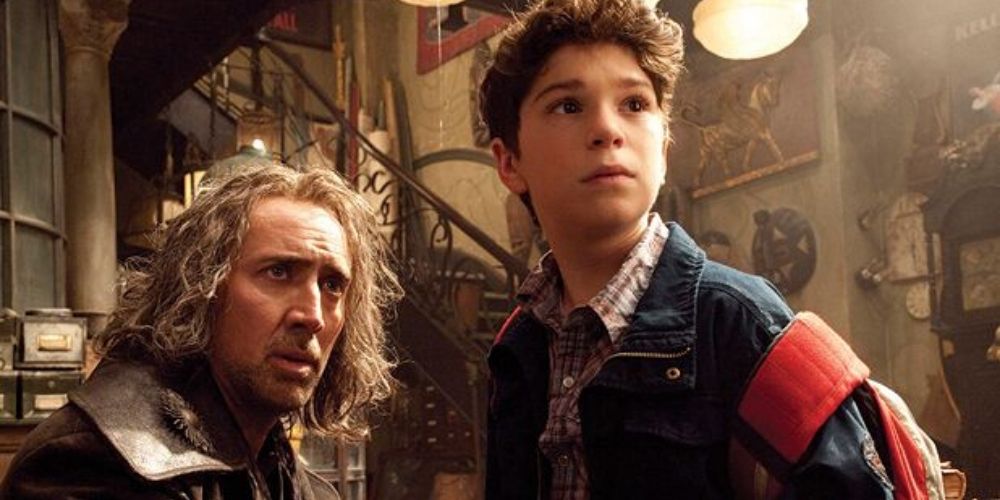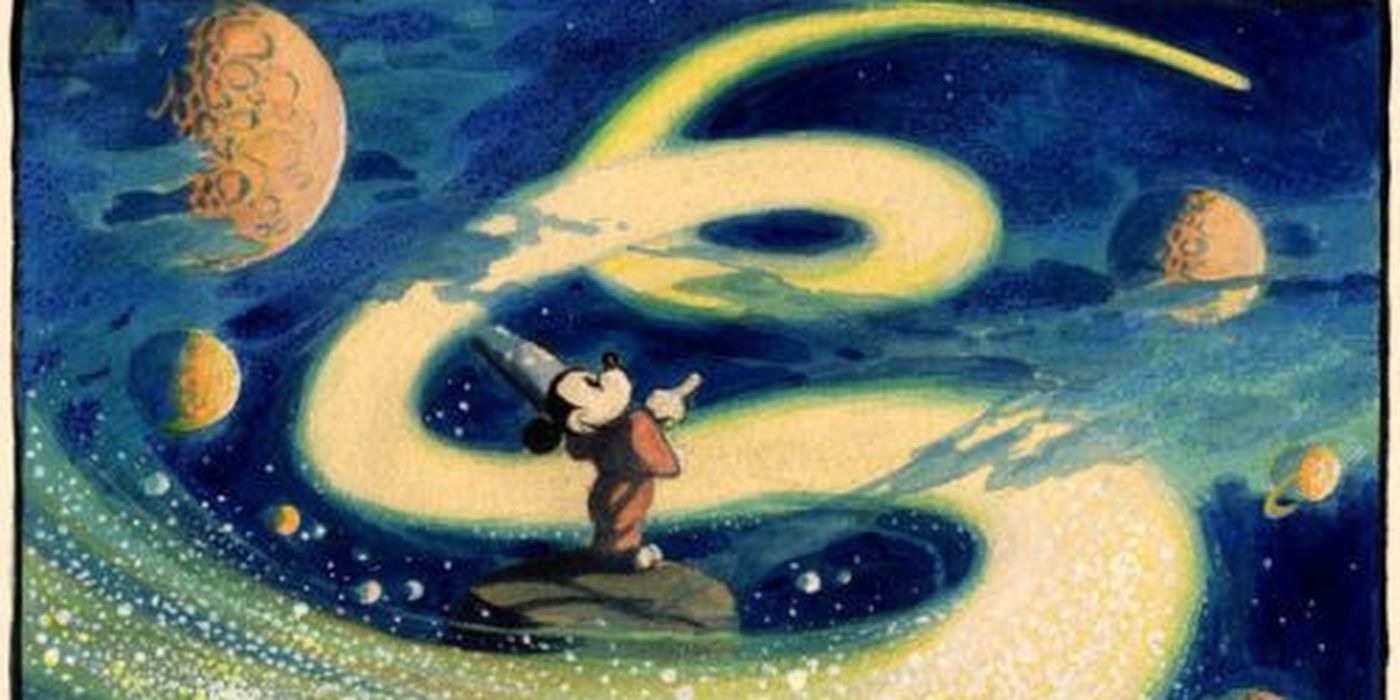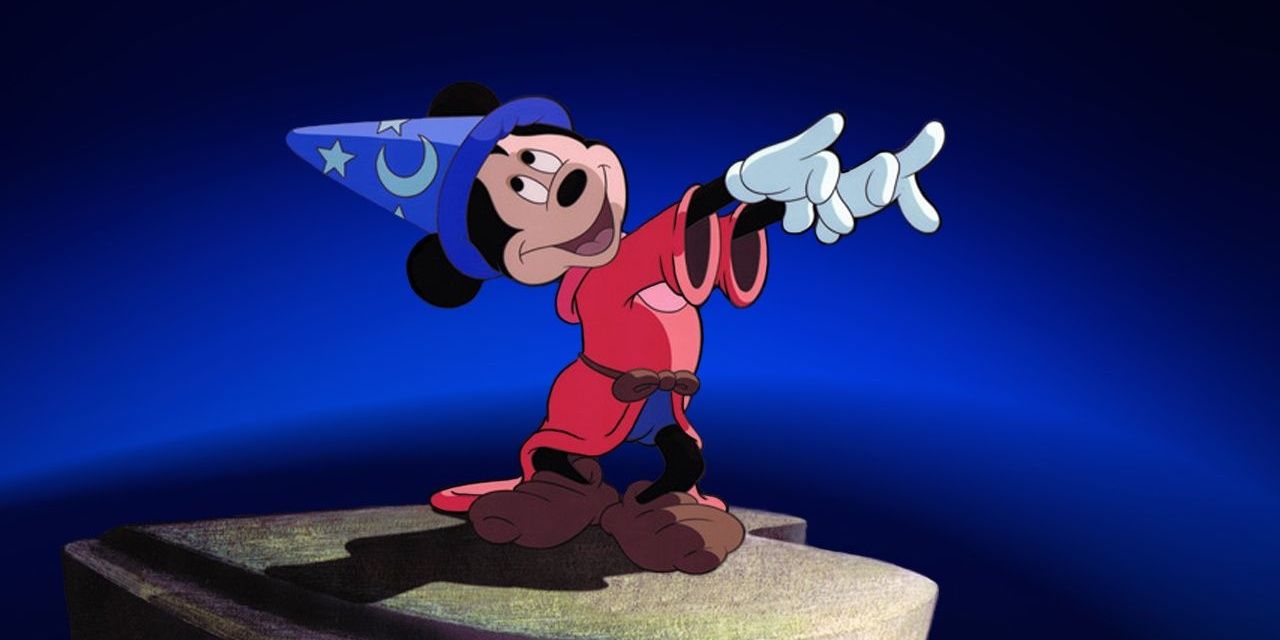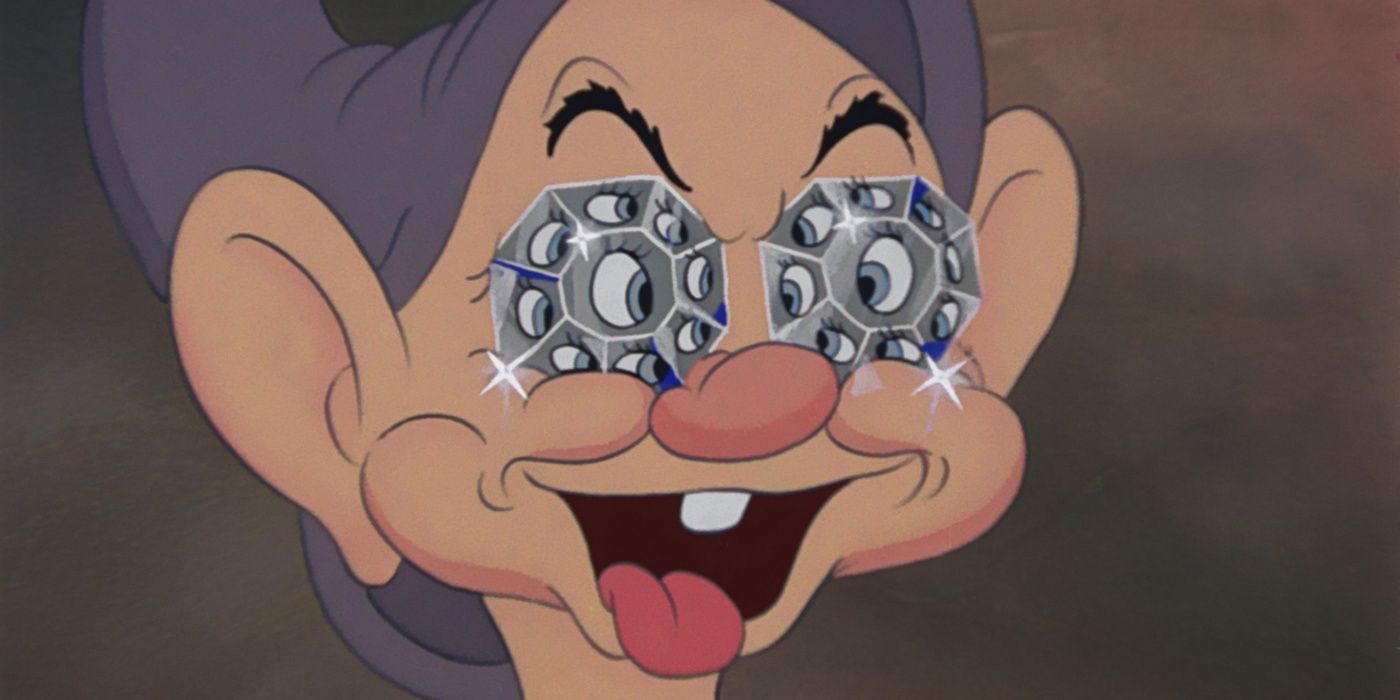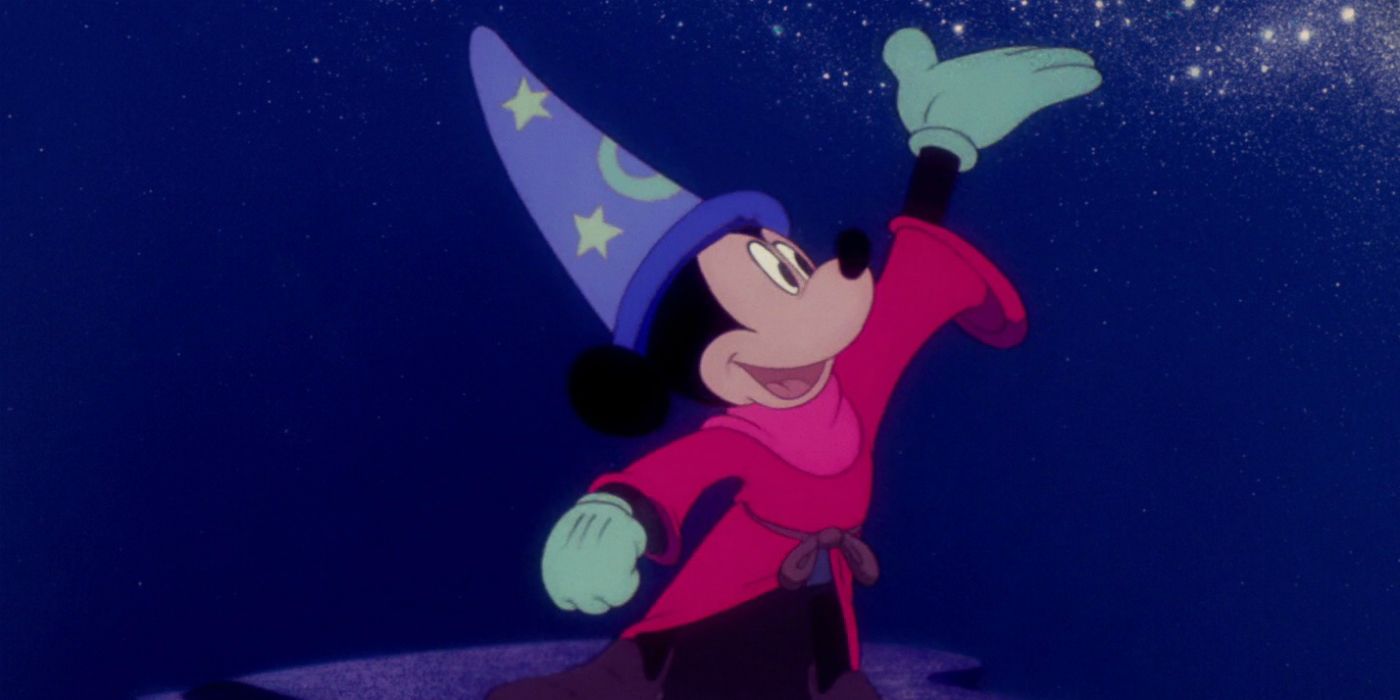Disney's Fantasia might be an acquired taste to some, but even if one has never seen the film in its entirety, they're more than likely familiar with "The Sorcerer's Apprentice." For such a short subject, Mickey's magical role has become the face of the film, but there may be a good reason for that.
What began as a concept involving Mickey as a wizard ended up becoming one of the studio's most impressive achievements. Like all things Disney, it was all started by a mouse and it came with the studio's famous brand of magic. Still, it's quite remarkable how some concepts flourish.
It’s Based on a Poem
Unlike most Disney tales, this isn't an original concept or a fairytale. Rather, it's based on the poem of the same name by Johann Wolfgang von Goethe, the author of Faust. The story is remarkably similar, but with some changes from the Disney version.
In the original story, the apprentice is tasked with filling a cauldron with water, but instead of using his master's magic hat, he brings the broomstick to life by summoning spirits and sprites to do the work for him.
It Began Walt’s Passion Project
Originally conceived as a short film, "The Sorcerer's Apprentice" was devised by Walt to bring Mickey back into the foreground of the company. With the success of Snow White, Pinocchio, and other animated projects, Mickey's popularity declined in favor of the full-length features.
The development of the idea soon gave rise to a project Disney referred to as "The Concert Feature." Collaborating with Maestro Leopold Stokowski for the music was what began the work for Fantasia.
Walt Disney Inspired Yen Sid
Of course, where would an apprentice be without his mentor? Yen Sid is one of the most intimidating and enigmatic magic-users in Disney, but there's certainly something familiar about him as well.
If the reverse spelling of Disney wasn't a dead giveaway, the old sorcerer was inspired by none other than Walt himself. He might look strange at first glance, but his gaunt figure and wiry brows are reportedly pulled from the way Walt would look at his artists.
Mickey is the Only Animated Character to Speak in the Film
A minor detail, but one even the most seasoned of Disney fans don't give a second thought to. After the performance of "The Sorcerer's Apprentice" is over, Mickey goes out to congratulate Stowkowski personally. Strange how the other characters don't interact verbally too.
Granted, this may be because Mickey is technically the star of the whole production and its reason for existence, but it's still a bit of a standout moment. But what better way to offer a bit of levity in an otherwise serious film.
The Sequence Was Remastered for Fantasia 2000
Fans of both Fantasia films might notice a subtle difference between versions of the same sequence. While it might be strange for the sequel to even include the original segment, it wouldn't be complete without it.
That being said, the original cut was reconstructed and remastered for the film, but with a noticeable difference on the big screen. The colors were brighter and the imagery more clear, but that choice detracted from the contrast of light and shadow in some scenes. Maybe some things are better as they are.
The Sequence Was Recreated in the Nic Cage Film
Surprisingly, the sequence was adapted into a live-action fantasy flick starring Nicholas Cage. Granted, the film is still far from Walt's original project and the iconic sorcerer hat doesn't even appear till the post-credits scene, but they did do one thing right in this adaptation
Although Mickey is nowhere to be found, the recreation of the scene with the brooms (now mops) was lovingly thrown in along with a variation of the original music.
It Was Originally Only One Short Subject
Originally, the segment was meant to be a short subject for Walt's Silly Symphony collection of cartoons. However, the more elaborate and detailed the concept became, Walt soon got the idea to make a bunch of segments with the premise of animated sequences set to classical music.
Enter his partnership with Leopold Stokowski, and the rest is essentially history. Essentially, it made far more sense to make a full feature than a short film alone.
The Role Has Followed Mickey Outside the Film
Mickey in his trademark robe and hat has become as iconic and famous as his shorts and gloves combo, but his sorcerer's regalia has come a bit further than his regular attire. How many other articles of his clothing have been turned into literal structures?
Joking aside, Mickey's role as the apprentice might just be his magnum opus. Though he has literally won Oscars for others, it's impossible to see anyone else in that garb.
Mickey Almost Lost the Part To Dopey
Jumping off the previous post, although Mickey will always be the one everyone associates with the title, the music, and the magic, he wasn't the first pick for the role of the apprentice. At one point, the role almost went to Dopey from the Seven Dwarves.
As weird as that sounds, Walt's producers asked if he'd rather do something new and original with his Fantasia project, but Walt stuck to his guns and gave the role to Mickey instead. Smart move.
Mickey Mouse Was Redesigned For the Film
The biggest thing Fantasia did for Mickey, apart from bringing him back to a starring role, was give him a more expressive design that changed his career forever. Going from Ub Iwerks's black-eyed design to Fred Moore's redesign shaped the Mickey fans know today.
Until Paul Rudish's redesign in 2013, Mickey's look has remained consistent with Moore's design from 1940. His reworking essentially jumpstarted his acting chops, and remains consistent even in the modern age.

